FEEDLOT FORTUNES
BY TREVOR BACQUE • PHOTOS BY ZOLTAN VARADI (ABOVE: LEFT TO RIGHT, KARLEEN, JARED AND GEORGIA CLARK OF KCL CATTLE CO.)
Canadian agriculture has faced COVID-19 issues within every industry subset. Challenges in southern Alberta’s Feedlot Alley, the province’s central hub for feeder cattle, have piled up since early 2019 and the global pandemic was just the latest hit in a whirlwind stretch.
In late 2018, the cattle feeding sector was strong and full of optimism with $1.50 per pound pricing. Many saw opportunities as the New Year inched closer, in part because China had been hard hit by African swine fever. By January, prices inched up to $1.60 per pound, a welcome number to feeders who typically need $1.50 to $1.55 pricing to break even.
Shortly before China’s border closed to Canadian beef imports that June, the price sat at around $1.45 and punditry was divided on whether Canada’s interception of Huawei CFO Meng Hanzhou played a part. The price stayed static for weeks after, as well.
One event that undoubtedly made Alberta cattle feeders feel the squeeze was the plant fire at Tyson Foods in Holcomb, Kansas, on Aug. 9, 2019. The plant, which processed 5,500 to 6,000 head daily, immediately rocked the marketplace. Local prices dropped to $1.36, according to Canfax, a division of Canadian Cattlemen’s Association that compiles information on the cattle and beef sectors.
“[Tyson Foods] counted for six to eight per cent of the kill capacity and even that level of reduction caused quite a disruption in the market,” said Kee Jim, owner of G.K. Farms in Okotoks. “In Canada, the U.S. and Mexico, there’s barely enough capacity week-to-week to slaughter the cattle. When you get any type of reduction in kill capacity, you get a reduction in price.” Not long after, southern Alberta was walloped by a late September snowstorm and many feedlot owners laboured along.
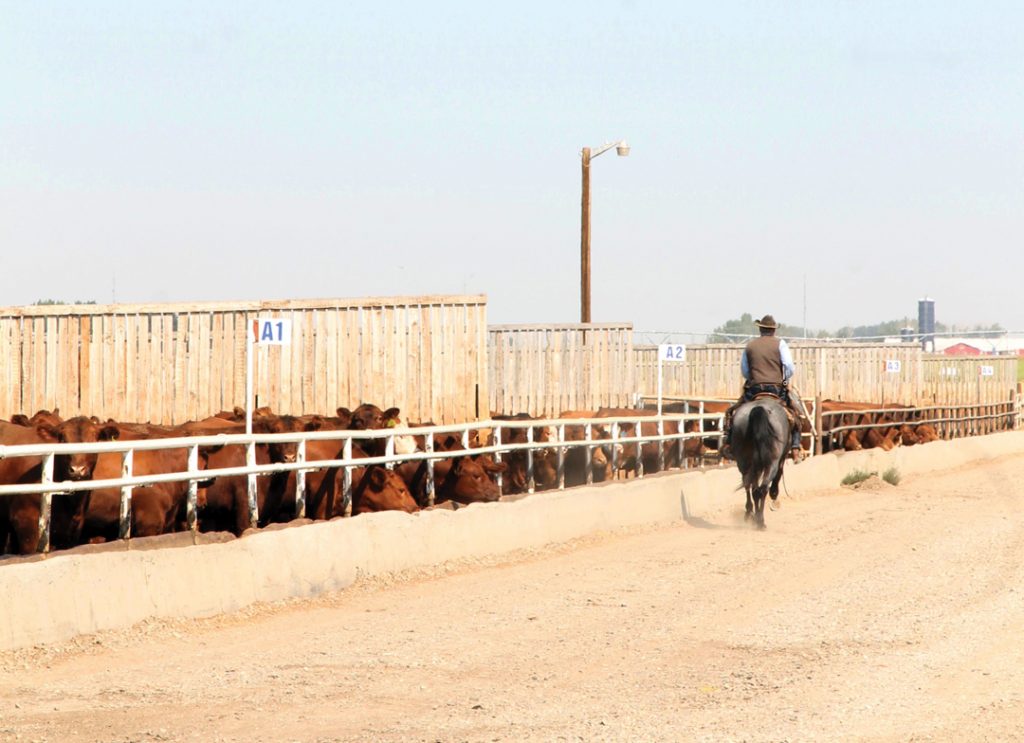
“From that point going forward, we struggled with snow and cold and wet from September all the way through into February,” said Ryan Kasko, vice-president of the Alberta Cattle Feeders’ Association (ACFA) and owner of the Kasko Cattle Company near Coaldale. “Production costs were higher than expected because cattle weren’t performing the way they normally do. I think this has been the toughest year-and-a-half. It’s more challenging than BSE.”
As Alberta made do, Tyson Foods worked feverishly to rebuild, and it did so by December. The highest price all year was reached at $1.62 just prior to 2020. As the clock rolled over into the New Year, feedlots began to see small profits for the first time in months and another two cents was added to the per pound price.
However, it did not take long until the bullish mood was castrated as COVID-19 fears gripped the nation. “We severely underestimated what the impact was going to be,” said Jim, who also owns and operates Feedlot Health Management Solutions. “In early January the problems were starting in China, but we didn’t read the tea leaves properly.”
Restaurants closed virtually overnight. This market represents about 40 per cent of the end-use for Alberta’s cattle. Within weeks, Canada’s largest outbreak epicentre was the Cargill plant in High River and the JBS Brooks operation quickly followed. Workers died of coronavirus and reports of unsafe working conditions made global headlines. Cargill, which now faces a class action lawsuit, closed the plant for an unprecedented two weeks. Prices sank below $1.10 and feedlot owners began losing more than $400 per head. In addition, many had to hold onto animals, sold or not, and switch them to maintenance diets and risk additional discounts on overweight and over-fat criterion.
So, in early September, as just under 100,000 cattle waited to be slaughtered, cattle feeders considered their business plans. Janice Tranberg, president and CEO of ACFA, said her members want to believe the glass is still half full as they make winter preparations.
“There is still that level of cautious optimism that the market’s going to at least stay stable,” she said. “COVID did hit at the beginning of the feeder processing season. There is a backup of cattle for sure, but because of the timing, they were probably a bit on the lighter side, that gave some room for weight growth.”
While many in the cattle industry thought the backlog could be caught up by October, ACFA believes spring 2021 is perhaps now a safer bet, although that date is contingent on processing facilities remaining open.
The ACFA and other groups have lobbied the federal government to make changes to its aid packages, specifically AgriStability. The ACFA wants the 70 per cent reference margin upped to 85 per cent and to see the elimination of the $3 million cap for 2020, according to Kasko.
“This year was totally out of our hands,” he said. “We hoped the government would prop us up to 85 per cent. All kinds of industries are getting supported through this and we’re just asking for the same kind of treatment.”
As a sign Albertan concerns were heard, in May the federal and provincial governments activated AgriRecovery, creating a two-pronged 60-40 cost-shared feed offset and set-aside program for fed cattle. In Alberta, funding totalled $42 million, and feedlot owners were eligible to receive up to $2 per head per day in the program. The first half of the program, worth $12 million, quickly maxed out. While most everyone agreed the cash was nice, it was a pittance if bureaucrats genuinely wanted to stop the bleeding.
“When you do the math, that won’t last long,” said Tranberg plainly. “[Feeders] might want to flood the processors, but they, in response, could completely drop the price because there’s an excess. It’s a way to keep an appropriate number flowing but as well help the feeders.”
The second component of the program is for fed cattle and features a weekly bidding process that a producer may choose to participate in. The section has $30 million in its coffers and can operate until March 31, 2021, or until fully subscribed, whichever comes first.
Following the set-aside announcement, prices quickly shot back up past $1.30.
“If everything proceeds the way it’s going and prices stay up, that’s going to be a positive for our industry, but if they don’t and we run out of the money and people panic, that’s not good,” she said. “If we get a second wave of COVID, and processors go down, that’s not going to be good.”
Many believe that second wave of coronavirus will likely hit this fall, which may spell less buying and selling, pinning feeders down with animals they must keep until packers are ready, meaning more feed grains will be required.
The 2020 barley carry-in stocks were just under one million tonnes, but this year’s crop will double that number to 1.6 million tonnes, according to Mike Stapleton, a senior broker with Ag Value Group in Calgary. There were 7.5 million acres of barley seeded this year, virtually unchanged from 2019 and the highest in 11 years.
Decent barley prices helped usher about 50,000 tonnes of corn into southern Alberta between July and August, mostly because of its $15 to $20 per tonne discount. “Think about 10,000 tonnes of grain; if you’re saving $15 per tonne, that’s $150,000 and some of these big feeders would go through 10,000 tonnes in a month,” he said.
It won’t be entirely clear what the feed grain market will do domestically until the quality of the malt and wheat crop are known, he admitted. Stapleton also said the suspected increase in trading due to coronavirus fears never really materialized between April and June. The broker believed this may have been related to animals simply being put onto a less intensive maintenance diet or direct feed buying from Montana, which he estimated was between 5,000 and 10,000 tonnes between June 9 and July 9.
“Feeders looking for 10,000 tonnes of barley disrupts the market, but if he calls and books a train direct, it doesn’t disrupt the market,” said Stapleton. “The cattle on feed numbers through July and August, are higher than a normal year or summer, but the demand coming from the feedlots on a monthly or weekly basis does not seem to reflect that. We are not seeing an increase in demand from the feeder.”
He said farmers producing feed grains should absolutely be looking to sell old crop. “You’re going to hang onto it and you’re probably going to wind up getting significantly less money for it,” he said.
In July, spot pricing on old crop barley hit $245, which is considerably better than the Q4 numbers, showing actual transactions of between $220 and $225 and Q1 2021 has numbers higher at $230. “That’s a $20 to $25 inverse, that’s 50 cents per bushel,” he said. “There’s no reason, zero, to carry old crop grain through to the fall.
“The feed market bottomed in the last two weeks of August, hitting $200, but it quickly rose again to $210 and farmers seem comfortable to hang onto grain and not flood the market. Traders don’t believe it, the farmers don’t believe it, the feeders don’t believe it,” he said. “They want it back down at $200, but unless the farmers sell a bunch of grain, it’s not coming. The market didn’t push as low as anticipated.”
As the situation continues to unfold in Feedlot Alley, Tranberg repeats the no-bull wisdom of its members: “If you can’t take a little bit of risk, you shouldn’t be in the business.
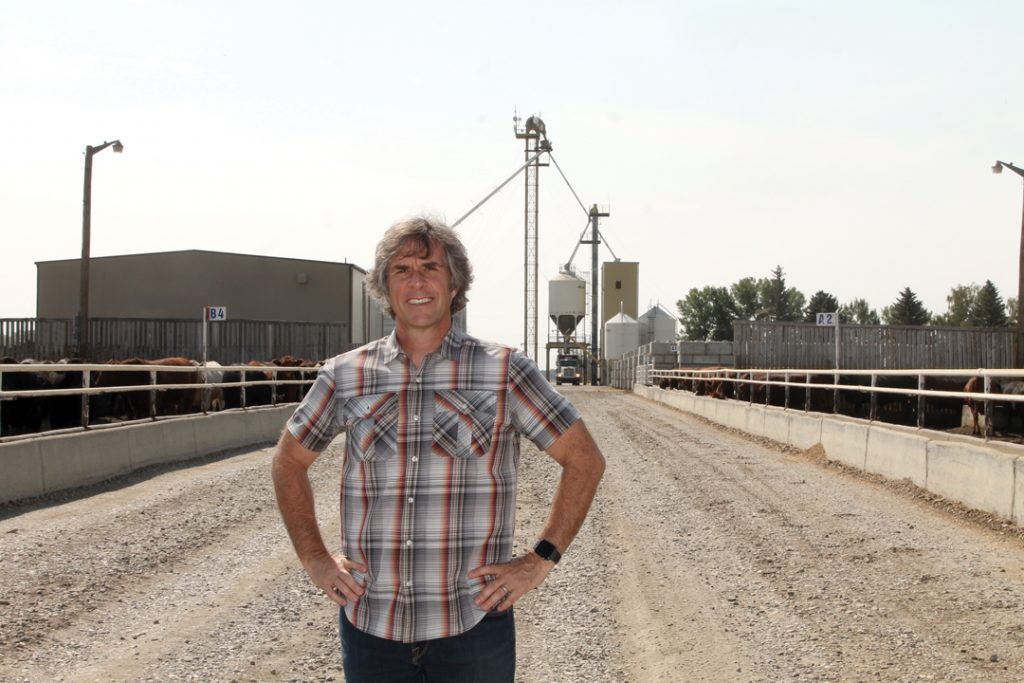
FEEDLOT VOICES
Ryan Kasko
Owner, Kasko Cattle Company, Coaldale
The four feedyards at the Kasko Cattle Company are running as close to business-as-usual as possible. With COVID-19 restrictions in place and increased safety protocols, not much has changed, or, at least Kasko hopes not much has changed.
“On the surface, it’s interesting because feeder prices are quite strong,” he said. “When people are buying cattle back, prices are quite high. Expansions and new construction are planned for this summer. There remains optimism that things will get better.”
This comes despite not being able to sell cattle for a few weeks during the height of the pandemic when the packers shut down and, when he did sell, he was losing hundreds of dollars per head. “In the cattle feeding sector, we’ve been really struggling and they’ve been making record profits,” he said of packing plants, asserting their margins are at all-time highs.
Kasko immediately enrolled in the set-aside program when it became available. Despite knowing that it wouldn’t be enough to cover all his losses, it certainly helped.
He was worried about holding onto animals through summer because big animals may suffer respiratory issues in the heat, they are less efficient on feed and he faces discounts when he sells. These concerns aside, he must also contend with the prospect of a second wave.
“Let’s say we have to lock down restaurants again, of course the economy could really struggle,” he said. “People might not be splurging on eating a steak. They might be downgrading their protein choices … we don’t know what’s going to happen. Every time you buy or sell cattle you feel like you’ve made the wrong decision.”
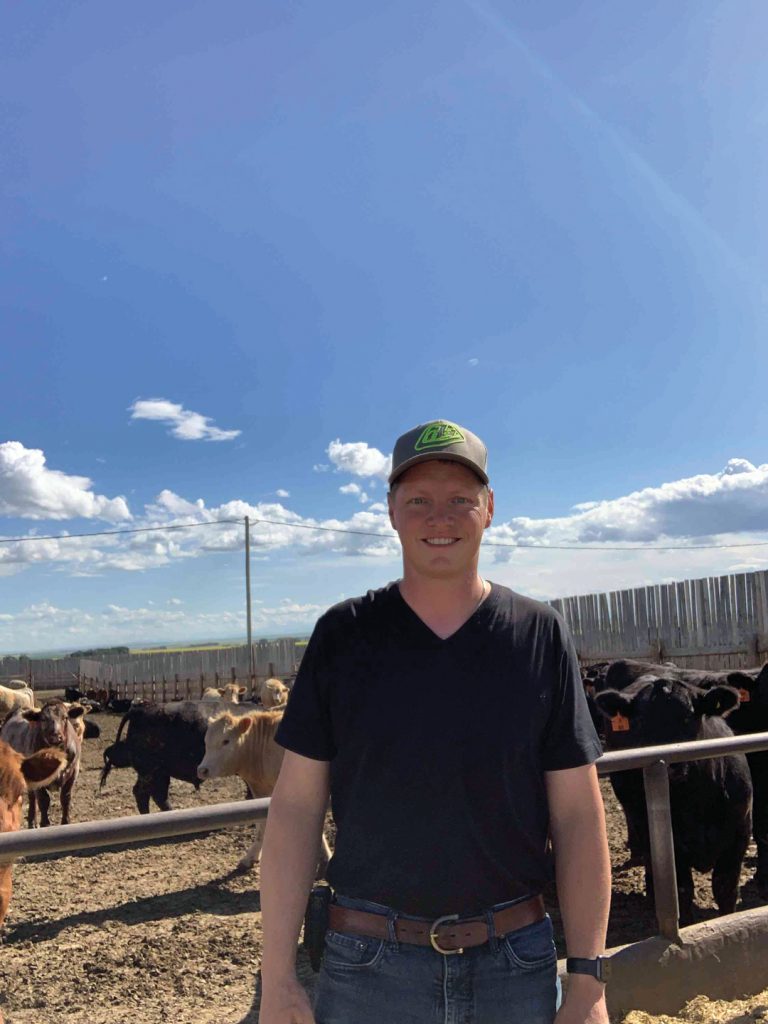
Curtis Vander Heyden
Director of operations and cattle sales, Grandview Cattle Feeders, Picture Butte
A positive mindset goes a long way these days, especially when you operate three feedyards and have a crew of 65 with varying levels of comfort around coronavirus.
Grandview’s management has worked hard to quell fear and keep operations running the same as always while being cautious. Vander Heyden knows the virus could rip through his workforce and has taken every precaution he can, including the development of an action plan.
The business has simply been “managing” and Vander Heyden said predicting markets is almost impossible day to day. “Markets, commodity futures, Canadian dollar, or what was happening with COVID, packing plants being shut down, you’d have the feeling that the cash market is somewhat softening … yet it might soften for a couple days and turn around for no apparent reason.”
The company is exercising prudence with how open they are to operational changes such as expansion, and he said Grandview has talked about protecting the business through an insurance plan given market vagary.
“We haven’t been able to move a lot of numbers … the losses aren’t quite there right now, but to replace some of these cattle, you’re replacing them with a negative margin in them right now,” he said. “So, to offset—going straight off what the futures market is and what we’re forecasting our feedstuffs to be—it doesn’t work very well.”
He is currently replacing animals at a rate of about 10 per cent. “The losses we’re sustaining right now, with such a deflated feeder market, there’s really no incentive to buy anything that comes on the market today,” he said. “There’s no appetite to take on that risk anymore.”
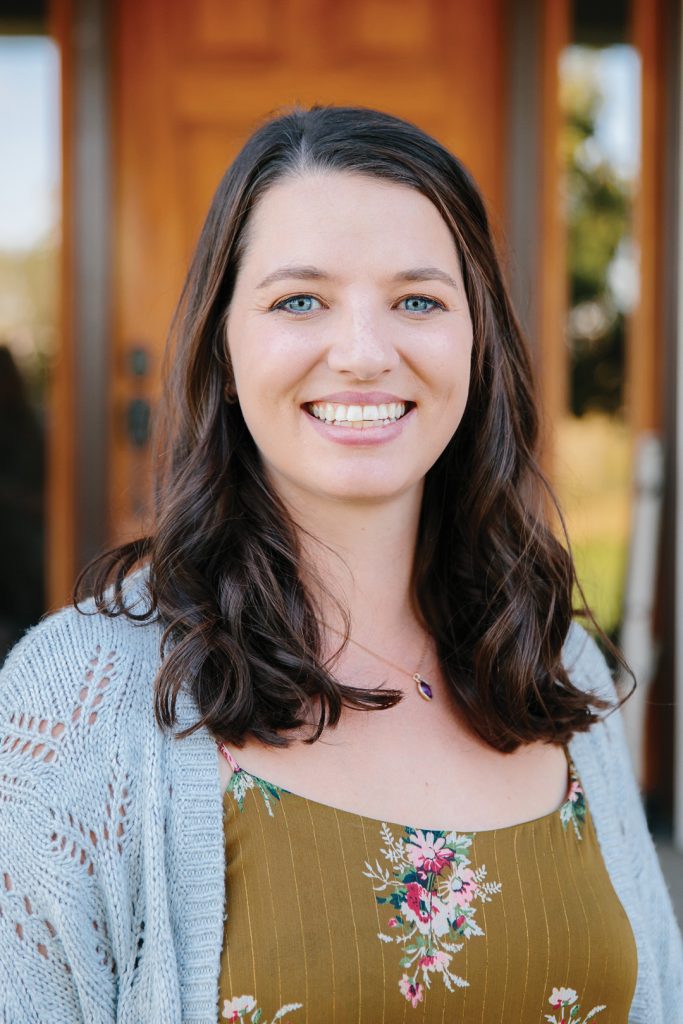
Karleen Clark
Owner and business manager, KCL Cattle Co., Coaldale
Favour was on the side of KCL at the start of spring, even with backups from local packers, thanks to timely deals.
“We had cattle contracted in April. Once the packers were able to be accepting, we at KCL were pretty lucky,” said Clark. “We got some cattle shipped in early May. It was a huge reduction and still very much limited, but we have had a few cattle going.”
She said KCL’s management is working hard to stay on top of hedging, the Canadian dollar and grain prices to help keep the books balanced through fall and winter. With the frenetic nature of the market right now, she and others have had to be agile in order to capitalize on transactions.
“It’s been very day by day for the last two months,” she said of May and June business. “The packers will call and say, ‘we have this offer, do you have cattle?’ Usually, though, we schedule numbers a few weeks ahead. That’s been a challenge.”
Their buying had gone up a small amount, but slowed overall in the spring simply because they did not have enough capacity in the yards.
The company’s next few months starting in mid-July were strictly routine with no planned expansions or contractions, and Clark admits they would keep an eye out for beneficial business opportunities. With recent pandemic problems, Clark is hopeful that this event has a silver lining that would cause the federal government to see the need to reform its aid programs for primary agriculture. “Going forward, to help mitigate the effects of COVID, our BRM [business risk management] programs really need revamping,” she said, specifically noting the AgriStability package.




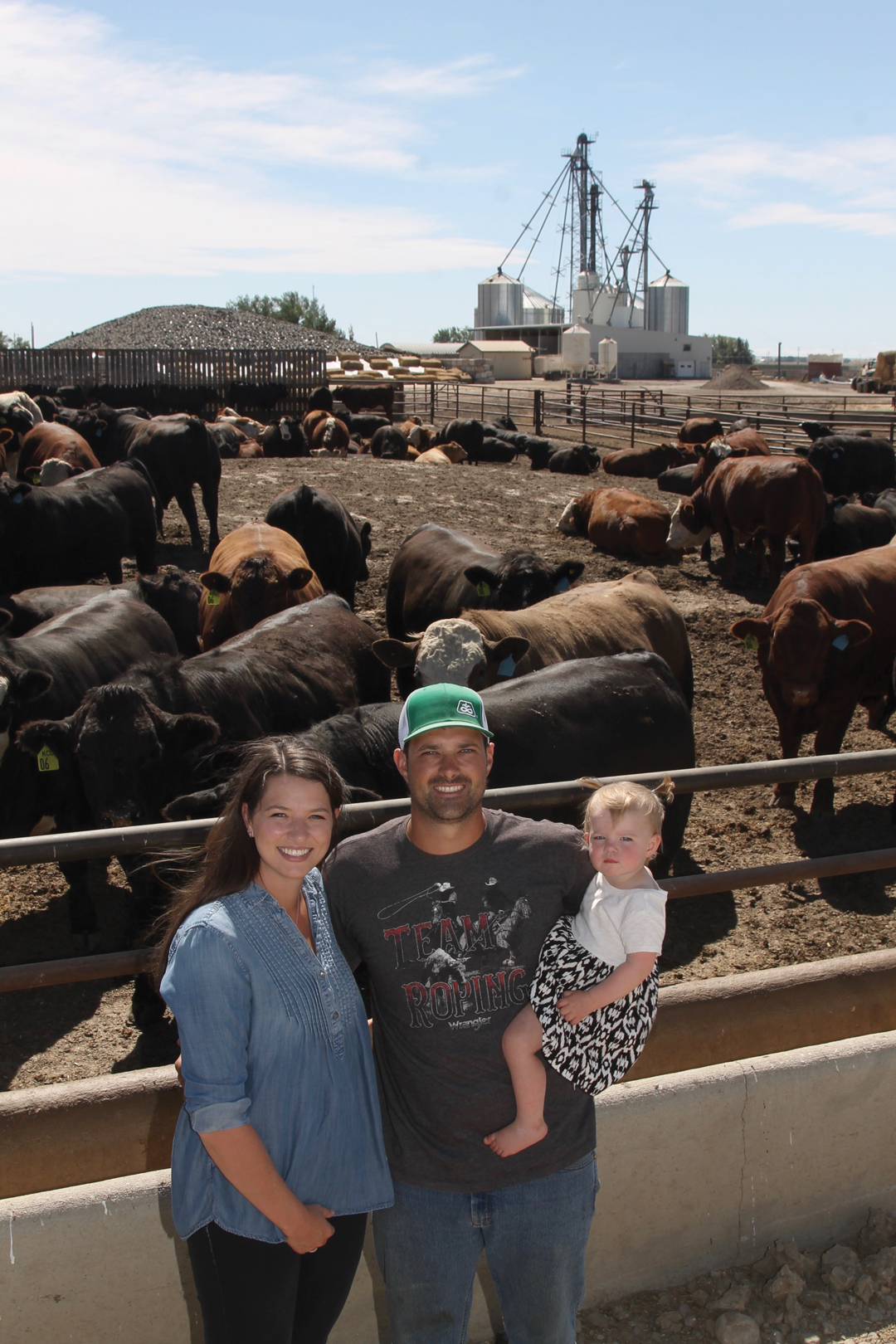
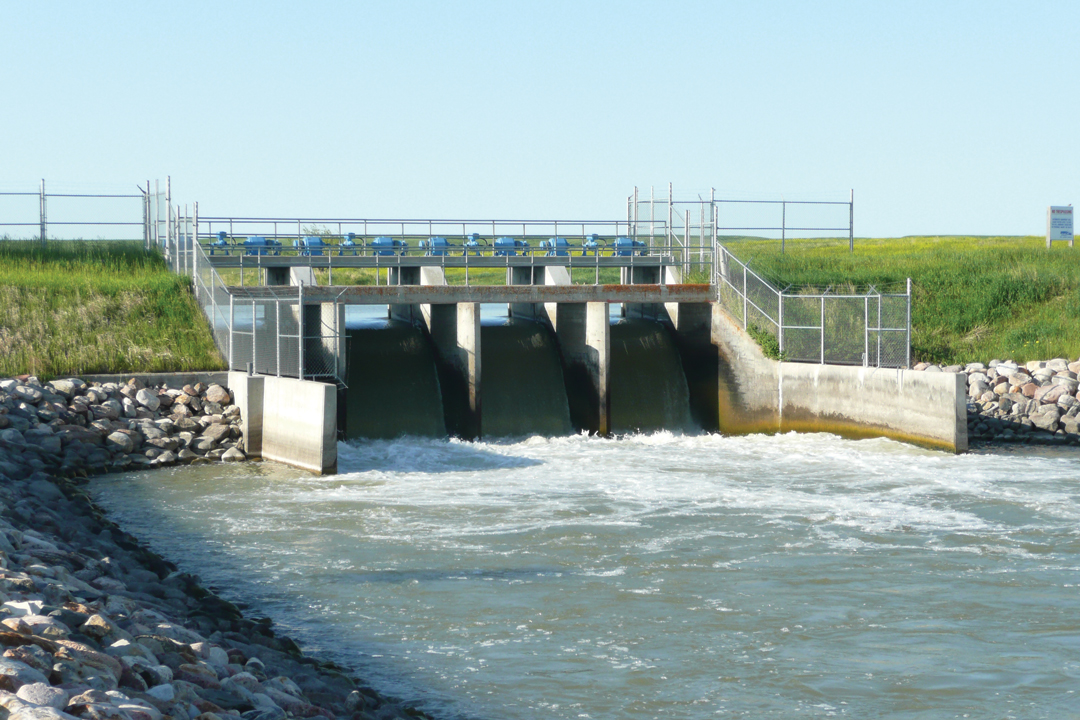

Comments